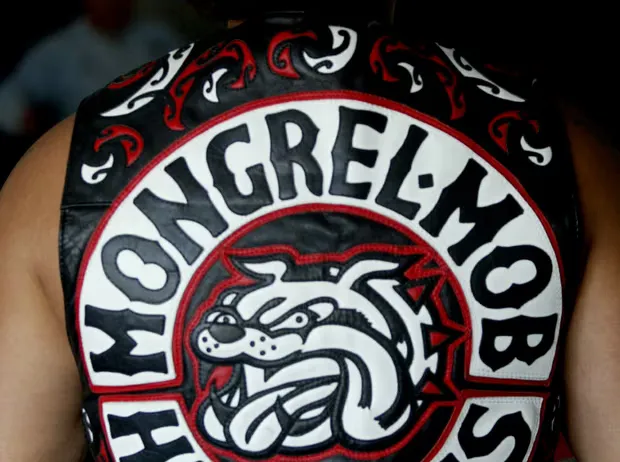NEW ZEALAND’S BAN ON DISPLAYING GANG Patches: WHAT YOU NEED TO KNOW ABOUT THE NEW LAW
As of Thursday, New Zealand’s gangs will need to hide their gang patches or face prosecution under a new law banning gang insignia in public. This move has been met with criticism from some, who believe it could risk breaching the Bill of Rights and do little to reduce gang membership.
Here’s what you need to know about the ban:
* The ban applies to all gang members displaying signs, symbols, or patches anywhere in public, including on clothing or vehicles.
* Breaches of the ban carry a sentence of up to six months imprisonment or a $5,000 fine, and insignia would have to be forfeited and destroyed.
Understanding The Law
The law changes are part of a wider “crackdown” on gangs, which includes non-consorting orders and police being given the power to stop gangs from associating and communicating. The ban forms part of this crackdown, with the government aiming to reduce gang membership and make it more difficult for gangs to operate.
How This Works In Practice
Police have been meeting with gangs ahead of the law changes and said they will actively enforce any breaches. “Gangs are well aware that once this law comes into effect, they are not allowed to wear a gang patch in public,” said Paul Basham, assistant commissioner and controller of the nationwide operation to enforce the law.
If police come across anyone wearing gang insignia in public, they won’t be taking the excuse of ignorance as a defence. However, gangs have already shown that they will find ways to circumvent the law, with some members saying they will wear patches inside out or use cloaks to get around the ban.
Critics Of The Law
Some critics believe that the legislation is vague and could risk infringing the Bill of Rights. In an open letter to Justice Minister Paul Goldsmith in August, the Law Society said the law allowing authorities to search homes for insignia was an “incursion into private life” that could raise Bill of Rights concerns.
The society also warned that the definition of gang insignia could be taken literally, leading to people being held criminally liable for possessing items with gang symbols. For example, it could include printing reproductions of gang insignia on books or newspapers.
Impact On Gang Membership
Labour leader Chris Hipkins said it was unlikely that the law changes would lead to a reduction in gangs. “This is a measure by the government to look tough on crime,” he told media. “The reality here is it is not going to lead to one single person leaving a gang.”
However, some gang members believe that the ban could have an impact on their membership rates. “We’re all backing one another on this, we’re all together on this,” said Mongrel Mob member Hamiora Kino. “We die for our patch. We’ve said that forever, from day one.”
The History Of Gangs In New Zealand
Gangs have existed in New Zealand for decades and hold a complex space in society. While they can be linked to violence and crime, they can also act as forces for good within their communities.
Police figures put membership at roughly 9,384, with the Mongrel Mob being one of the largest gangs in the country. Members are often recognizable by the large insignia sewn on to their jackets or tattooed on their faces.
Conclusion
The ban on displaying gang patches is a significant move by the New Zealand government to crack down on gangs and reduce membership rates. While it has been met with criticism, it remains to be seen whether the law changes will have the desired effect.
As the situation continues to unfold, one thing is clear: the impact of this ban will be felt across the country, affecting not just gang members but also communities and families affected by gang violence.

0 Comments